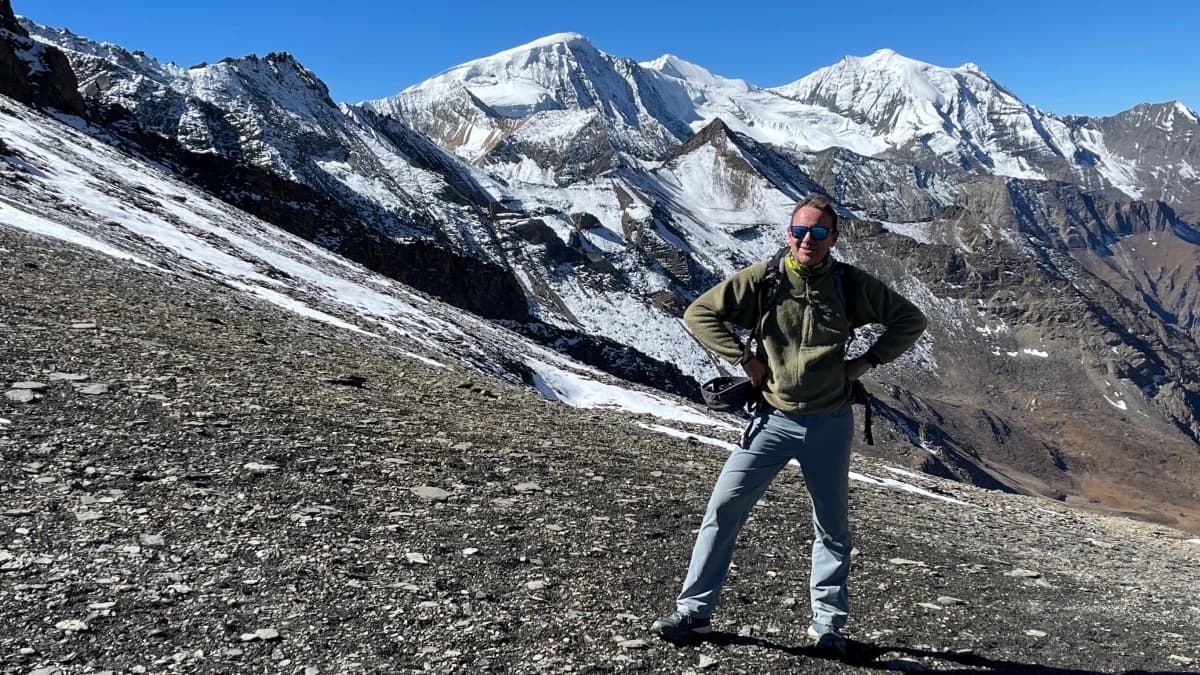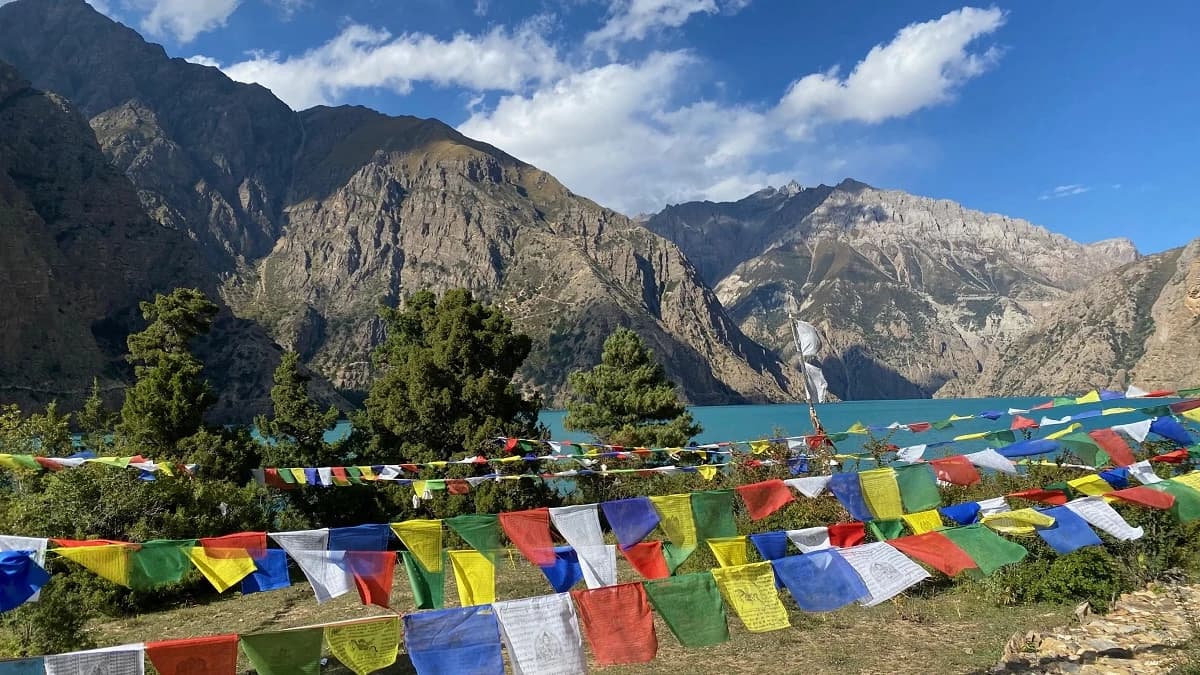Numa La and Baga La Pass to Phoksundo Lake Trek 21 Days
The far-flung and isolated trekking to Lower Dolpo region takes you to an unspoiled region of Far Western region of Nepal. Lower Dolpo Trek follows the trail that the locals follow to the Phoksundo National Park. The Dolpo region lies in the restricted area, for this reason, a special permit is required to trek here. Not to mention, Dolpo trek is one of the most exciting and challenging treks on an off-the-beaten-trail with lofty hills. All the natural scenic beauty that you will view during the trek will leave you awestruck. Dolpo region is mostly inhabited by the Tibetan people and the Buddhist communities who follow their unique culture and traditions.
The major highlights of the Lower Dolpo trek are the Shey Phoksundo National Park and The Tarap valley. The allurement of this Lower Dolpo trek is the natural and cultural diversity, audacious high passes and the pristine lakes. 21 Days Lower Dolpo Trek Itinerary begins with a domestic flight from Kathmandufollowpalgunj. From Nepalgunj, you will take a morning flight to Jhupal which is the starting point of our Dolpo trek. Moreover, You trek through semi-desert region combined with densely forested path filled with pine, rhododendrons, bamboo, and juniper trees along with trails made up of huge meadows, brown landscape, and terraced colorful fields. Also, you will get to witness endangered animals like snow leopard, Himalayan musk deer, blue sheep, and so on during your visit to Shey Phoksundo National Park.
Lower Dolpo trekking trail takes you through two high passes: Numa La (5360m), the highest point of the trek, and Baga La (5070m). Not to mention, both these passes offer astounding views of Mt. Dhaulagiri (8167m) and the Tibetan ranges Kugung La and Khyung La. Another highlight of the trek includes the pristine turquoise Phoksundo Lake, split between rocks that rise 2000m into the clear mountain skies. Not to mention, it is also the deepest lake of Nepal.
Moreover, the people of Dolpo follow ancient Tibetan Buddhism known as the ‘Bon Po’ due to its nearness to the Tibetan border. The Dolpo people still earn their income by trading items of salt, cotton, barley, and rice in Tibet. The Dolpo tour also includes visits to the ancient monasteries (gompas) and Bon Po shrines surrounding the Phoksundo Lake. All in all this trek is a perfect option for nature and adventure enthusiasts.



